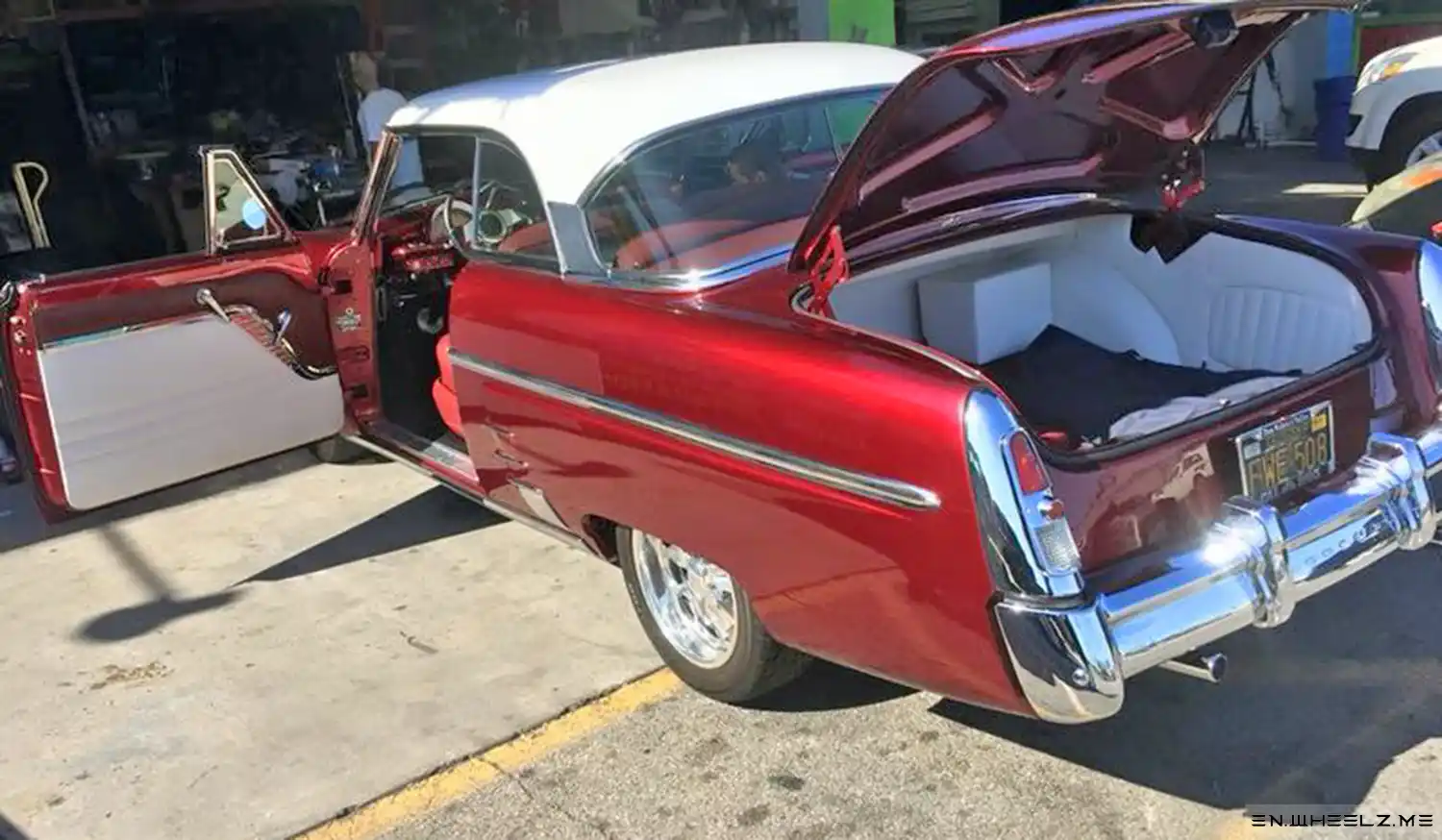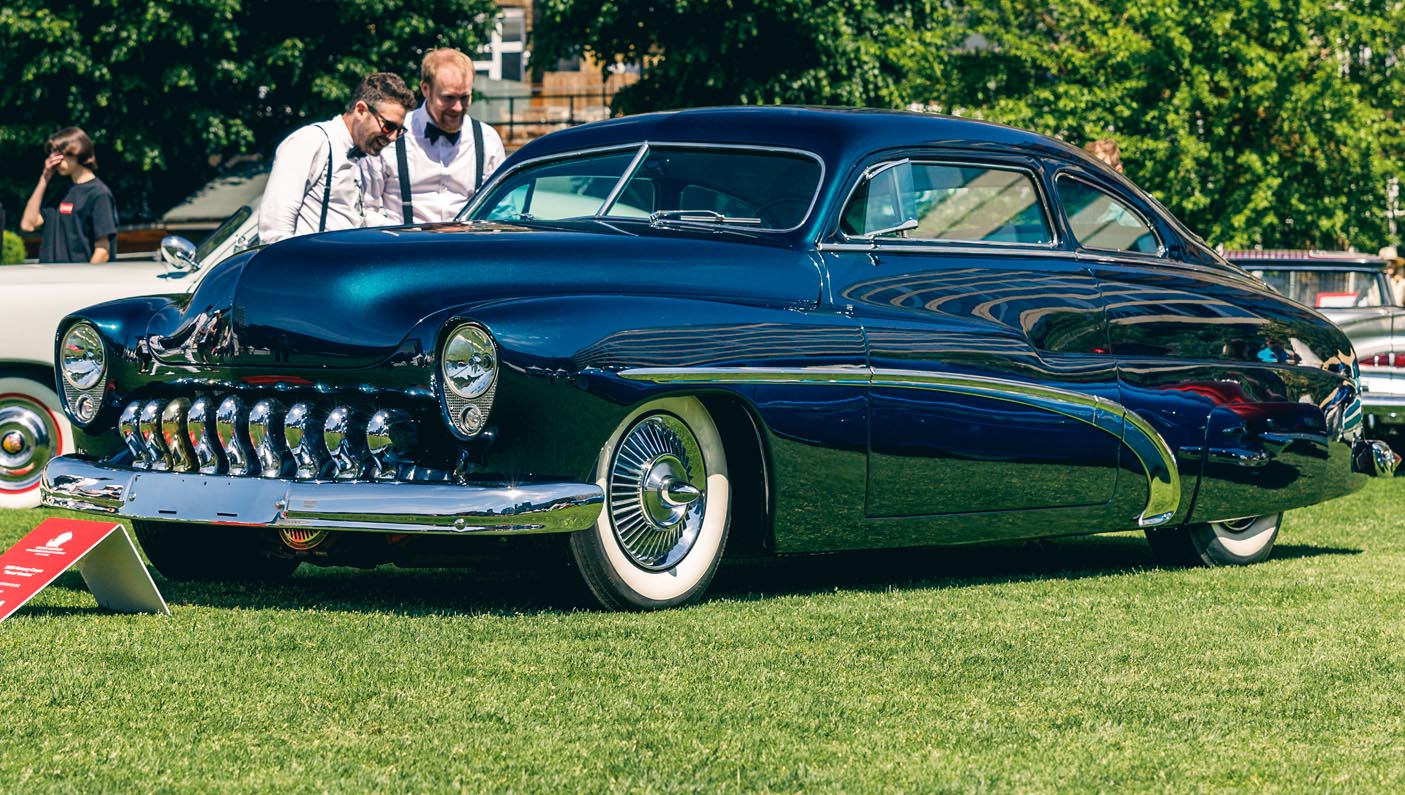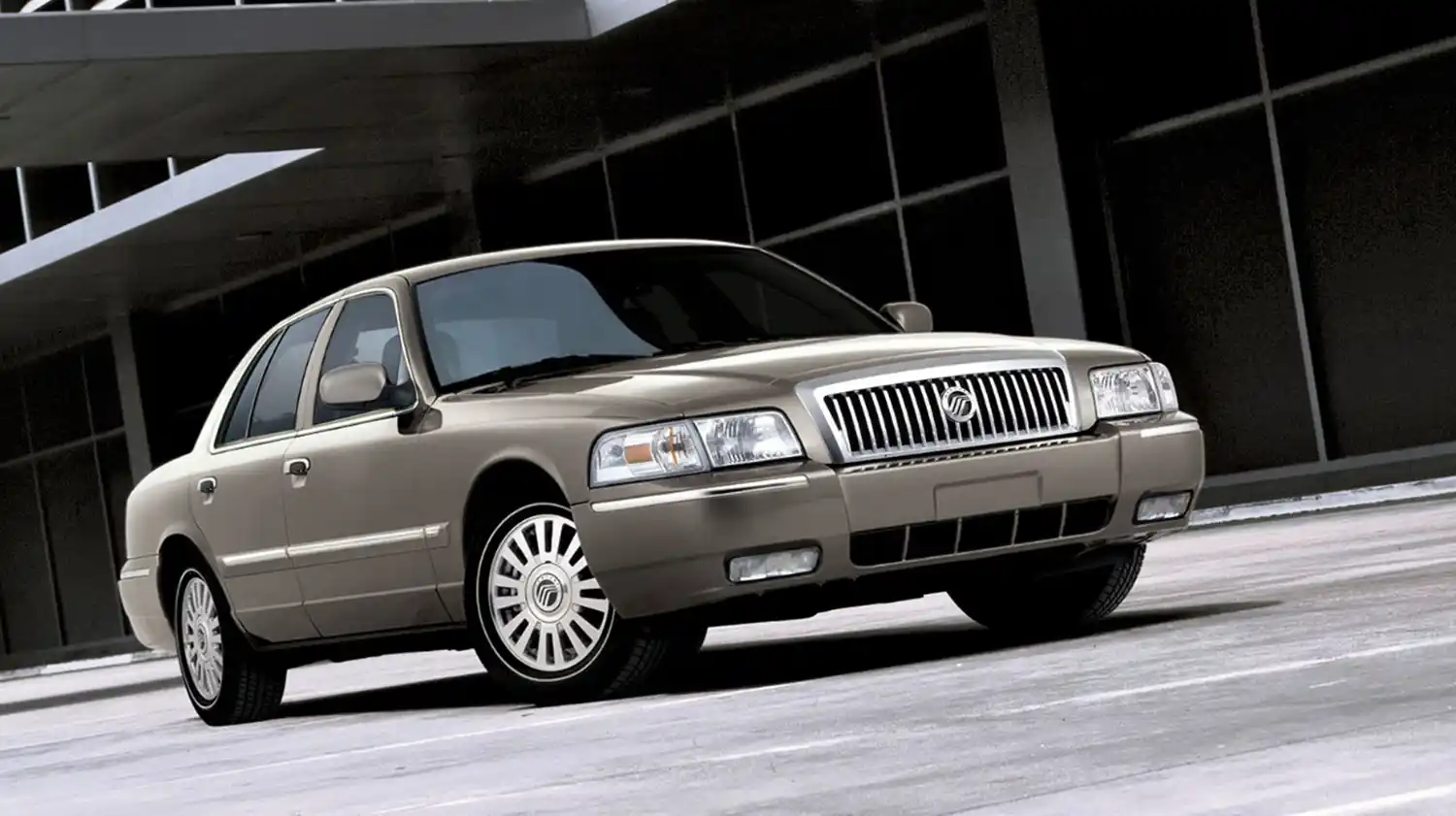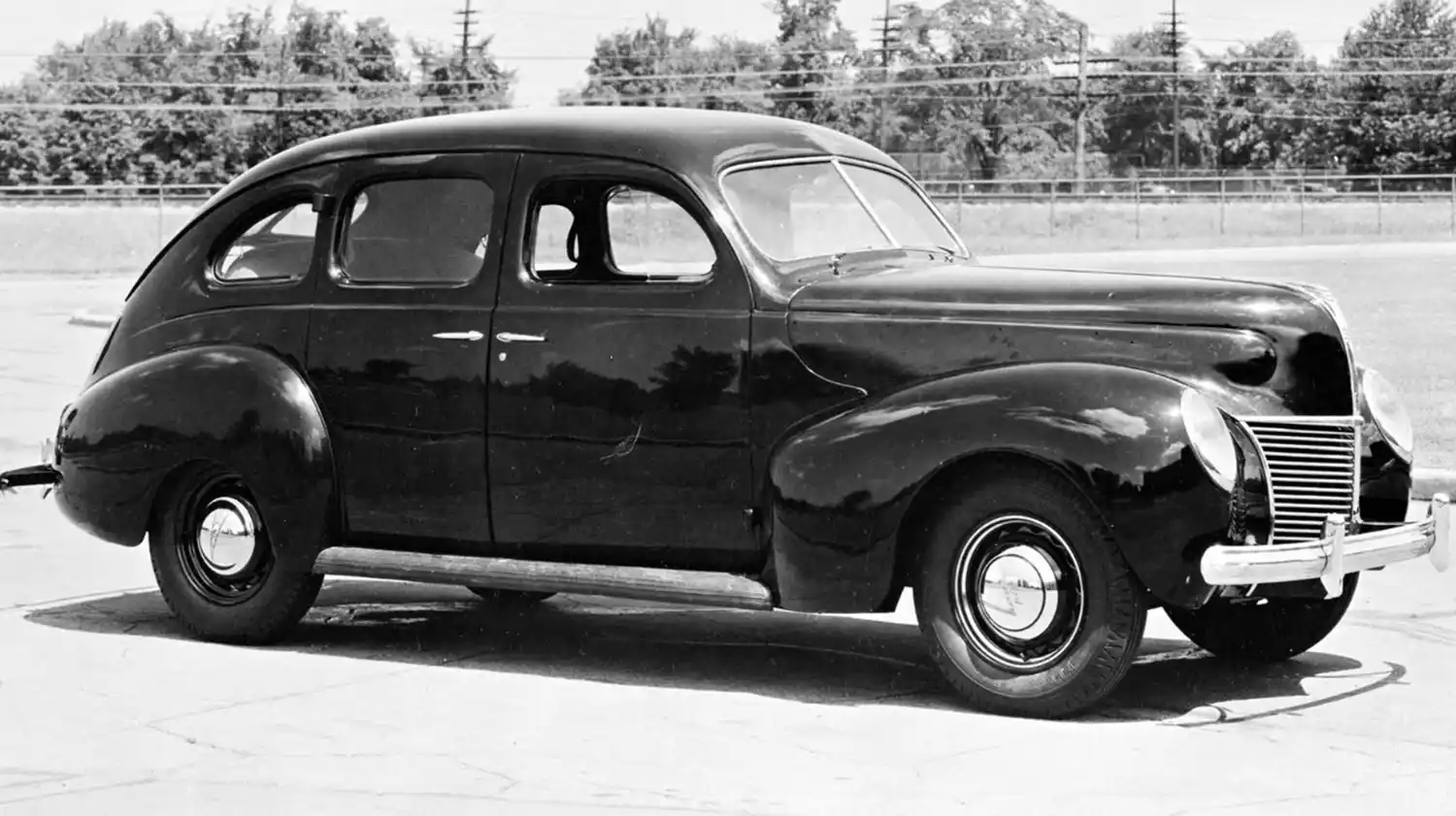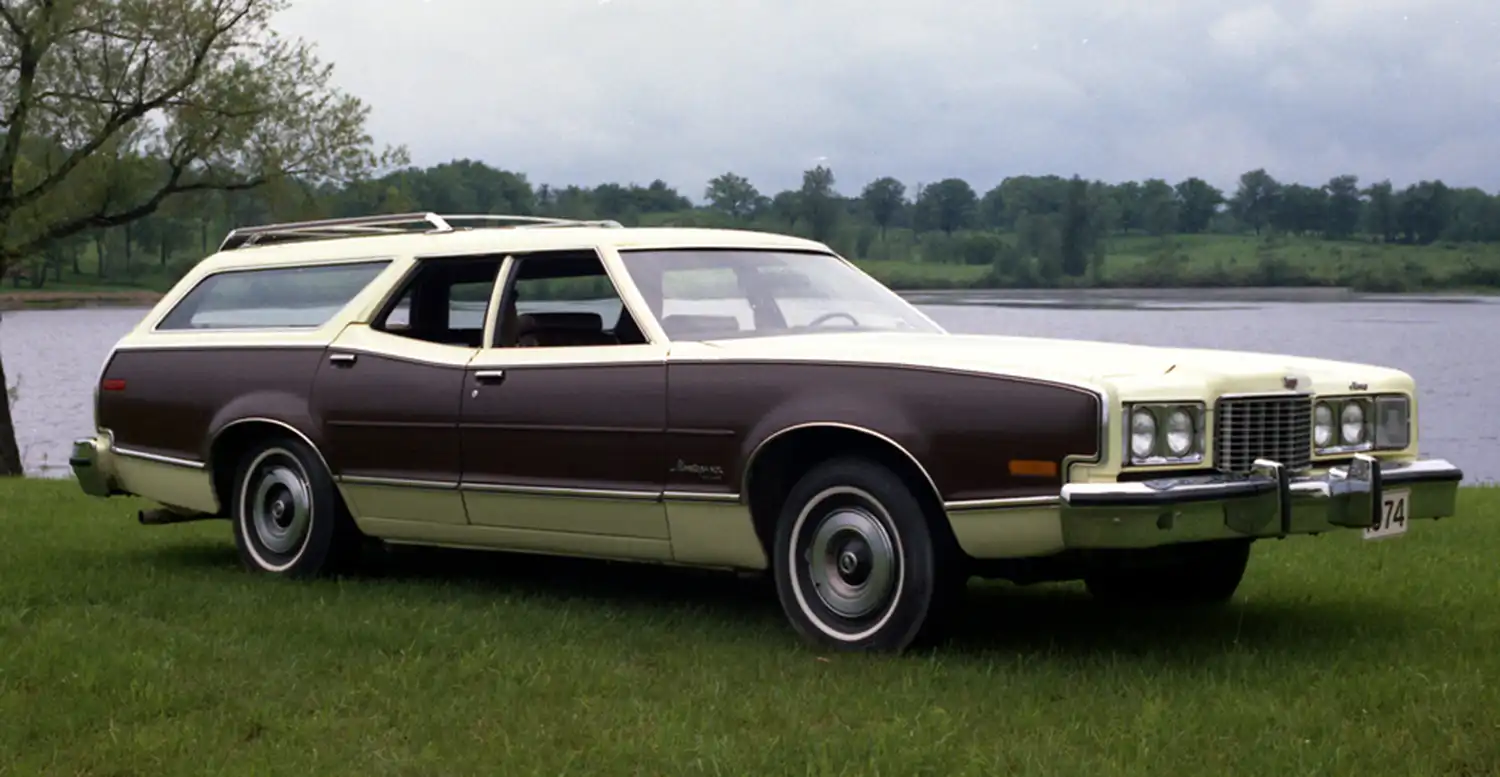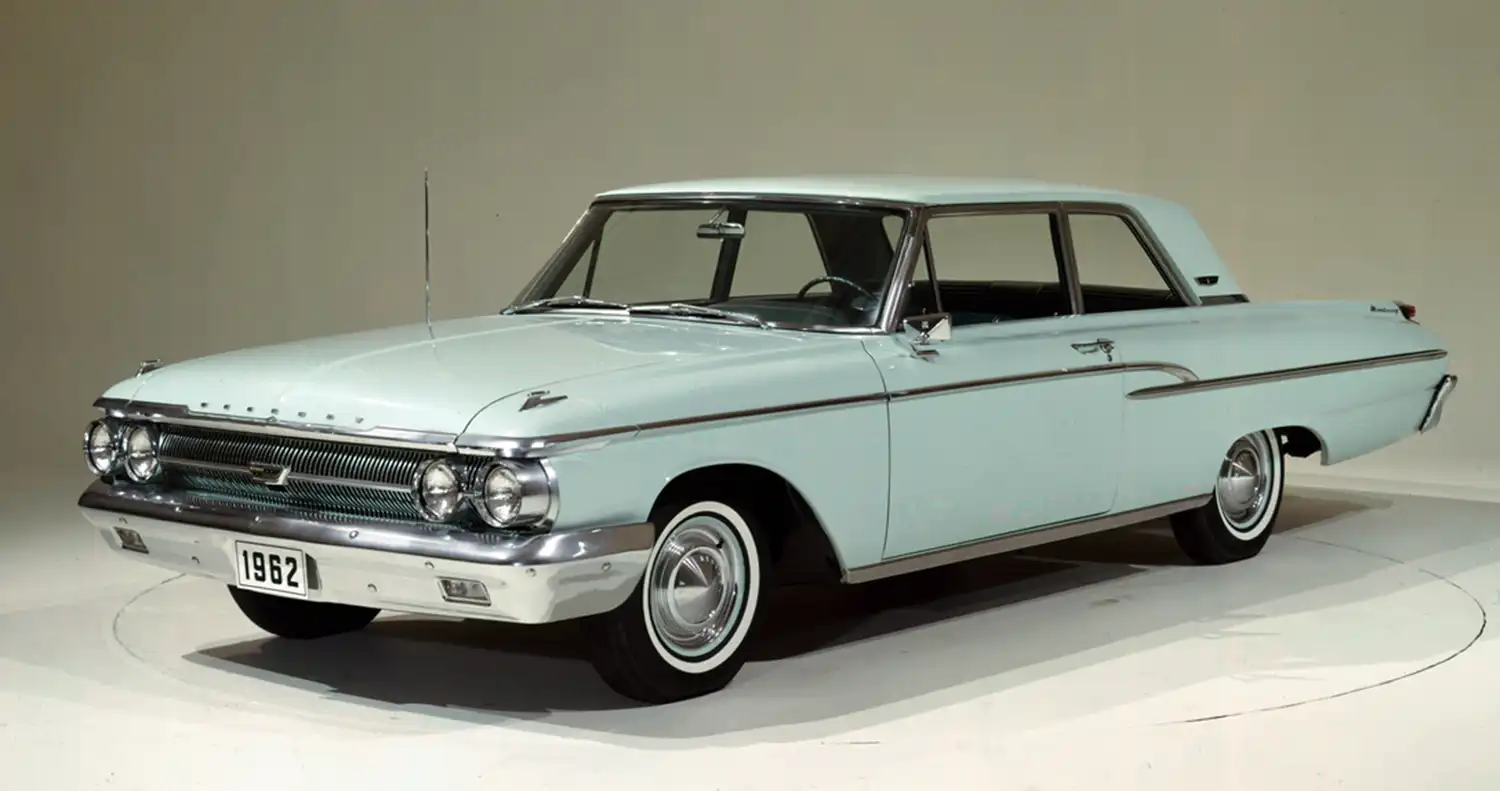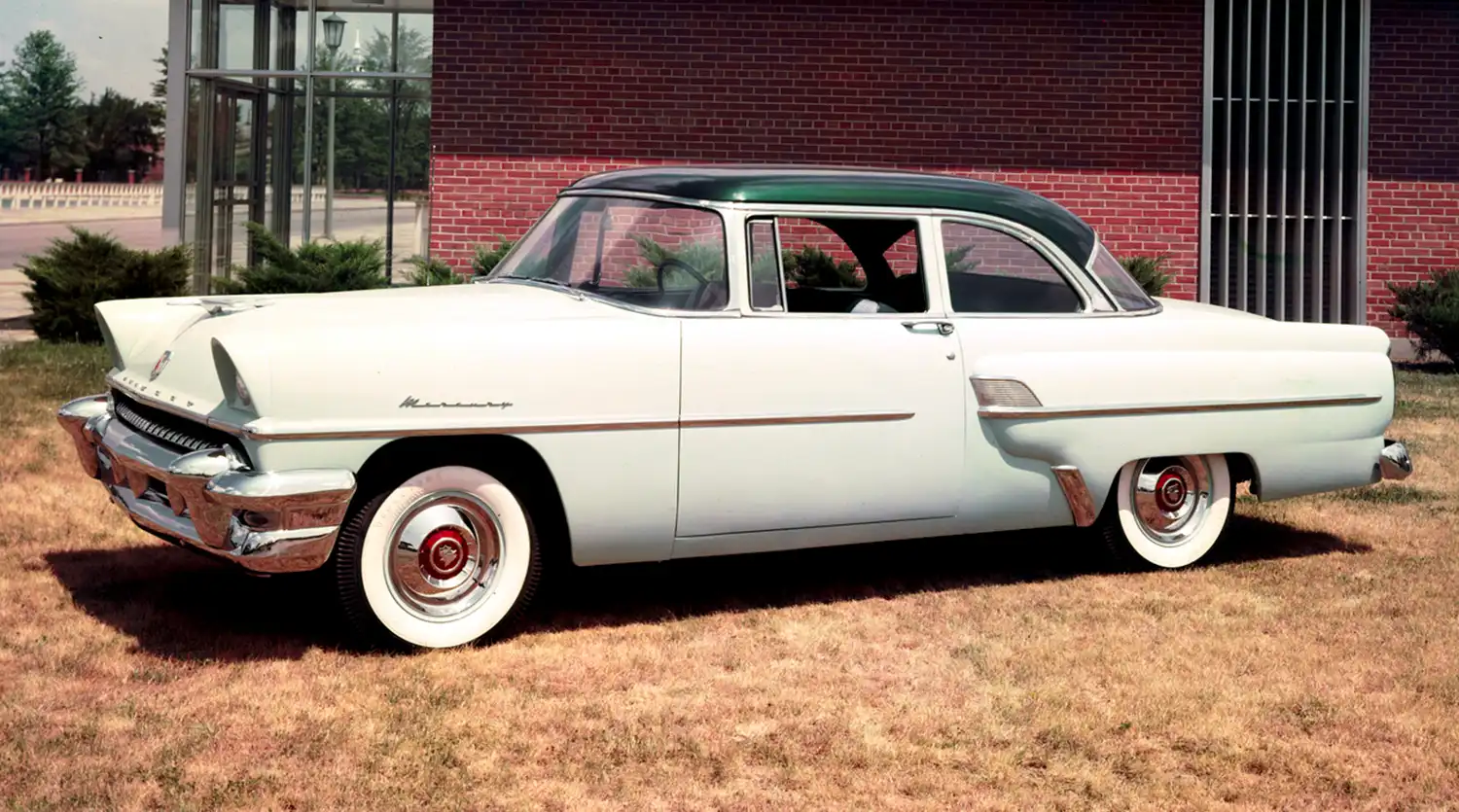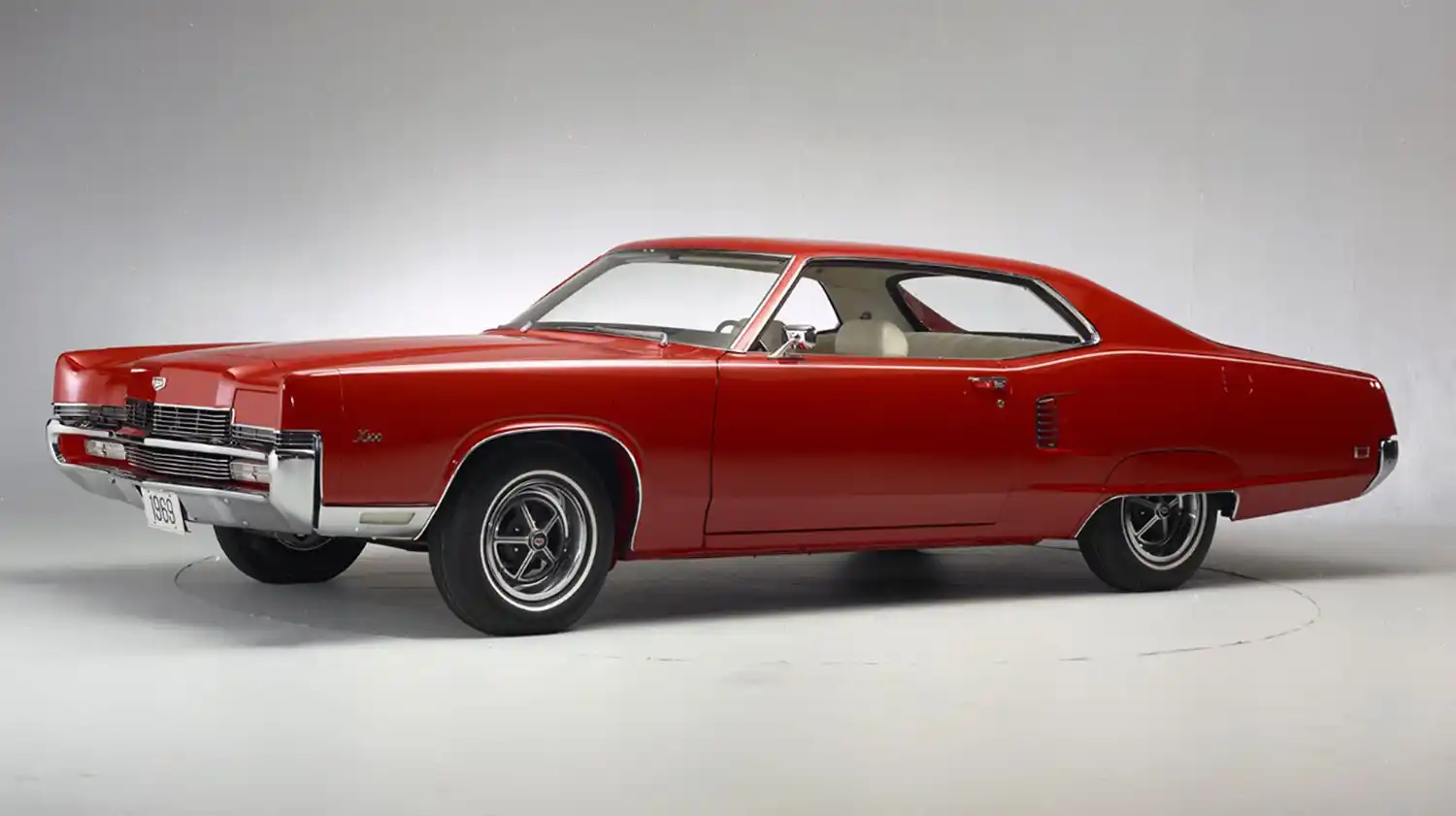
In the 1930s, Ford designers began work on a vehicle that would have more features and styling than was offered on any other current Ford product. As the vehicle neared completion in 1938, Edsel Ford and Ford Sales Manager Jack Davis decided to launch an all-new brand for the premium range to set it apart from the mainstream Ford Blue Oval products and Lincoln luxury cars. And, with that, Mercury was born.
The vehicles from Mercury would compete with mid-level offerings from GM, Dodge and Chrysler’s DeSoto, but would slot in just below the Cadillac lineup. Mercury filled a niche between our deluxe Ford V-8 and the Lincoln Zephyr V-12.
Henry Ford’s son, Edsel, chose the name for this new lineup. Mercury, the winged god of commerce in Roman mythology, symbolizes dependability, speed, skill, and eloquence. Ford’s vision for the Mercury brand included improved power, ride, handling, stopping distance, internal noise, and enhanced styling.
The first model, the 1939 Mercury 8, sold for $916 and had a 95-horsepower V-8 engine. More than 65,000 were built the first year. The offerings included a two- and four-door sedan, a sports convertible, and a town sedan. Just two short years after Mercury debuted, America entered World War II and production was halted. When the war ended in 1945, Mercury was coupled with Lincoln, and the Lincoln-Mercury Division was born.
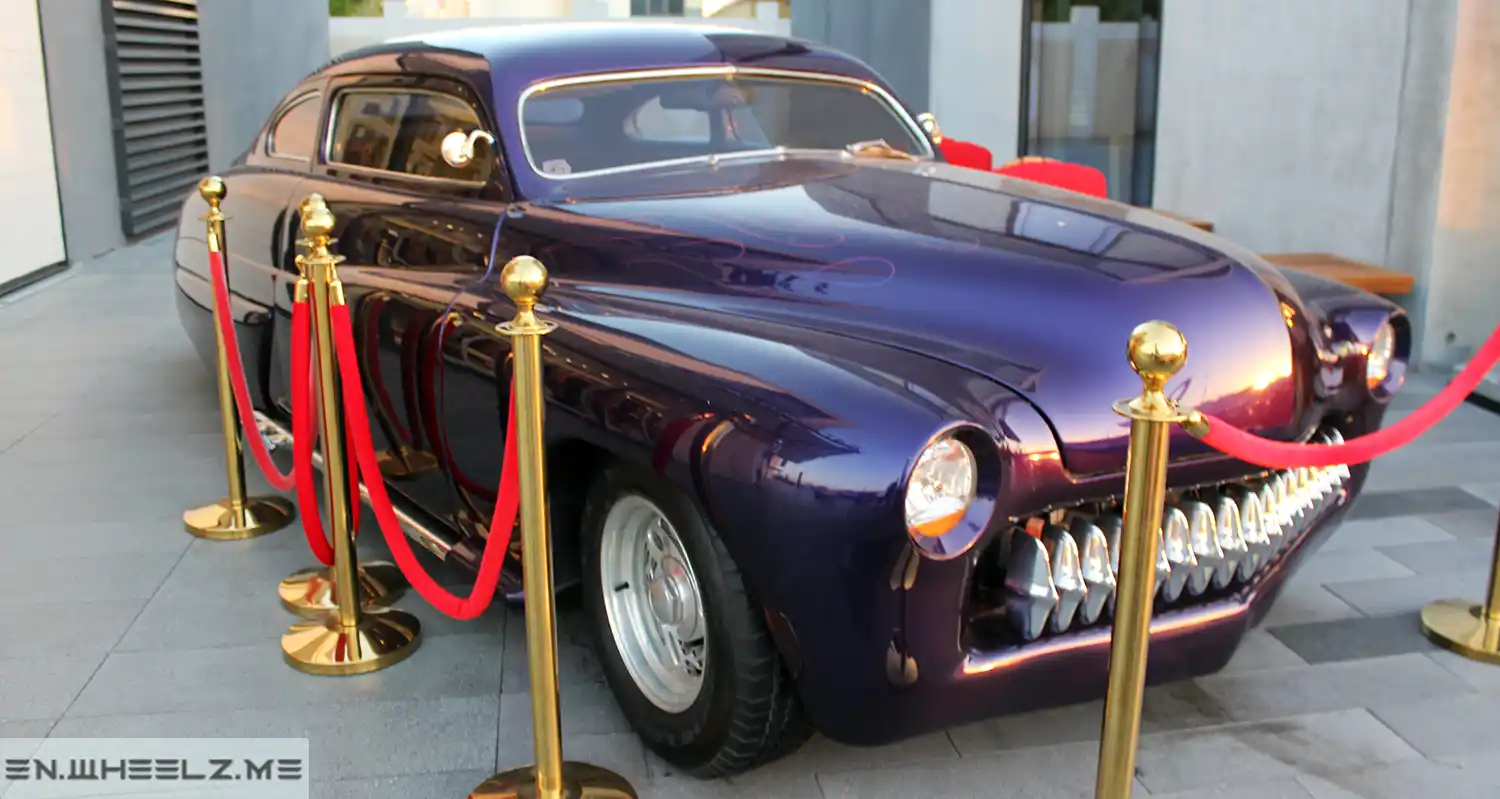
In 1949, Mercury introduced the first of its “new look” integrated bodies, which became a favorite of the hot-rod generation. Movie buffs saw James Dean’s customized version of the ’49 Mercury Series 9CM when he drove a de-chromed version of the car in the 1955 movie classic Rebel Without a Cause.
The 1950s featured even more modern styling and innovations such as the industry first fixed sunroof/moonroof on the 1954 Mercury Sun Valley, with a transparent Plexiglas top. In 1957, Mercurys grew wider, longer, lower, and more powerful with what was called “Dream Car Design.” Mercury had entered its heyday as a premium brand with models like the Montclair, Monterey and Turnpike Cruiser.
During the Ford Division’s 1960s “Total Performance” era, Mercury added performance and speed with vehicles such as the S-55 and Marauder, which found some success in racing. In 1967, the Cougar was introduced, which was Mercury’s version of the Ford Mustang. The 1970s saw the introduction of the Grand Marquis, Mercury’s best-selling nameplate. Mercury sales peaked in 1978 at an all-time high of 580,000.
During the Ford Division’s 1960s “Total Performance” era, Mercury added performance and speed with vehicles such as the S-55 and Marauder, which found some success in racing. In 1967, the Cougar was introduced, which was Mercury’s version of the Ford Mustang. The 1970s saw the introduction of the Grand Marquis, Mercury’s best-selling nameplate. Mercury sales peaked in 1978 at an all-time high of 580,000.
Source: ford.com

